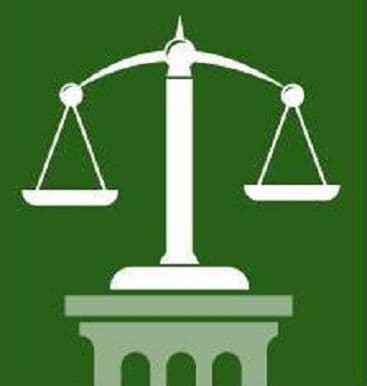Emergency vehicles responding to an emergency must exercise “due regard for the safety of all persons” but do not, of course, have to fully comply with all the normal rules of the road.[1]
In one case (not one of ours) an ambulance happened upon the scene of a multi-car accident in the opposite lanes of an interstate highway. The ambulance stopped near the concrete median in its lane of travel to render aid to those injured on the opposite side. After assessing the scene, an emergency responder went back to the ambulance to retrieve more gear.
A motorcyclist came up behind the ambulance, and saw that there was an accident in the opposite lanes. The motorcyclist did not realize until the last moment that the ambulance was in its lane of travel, and veered to the right to avoid the parked ambulance. The motorcycle struck the open door at the back of the ambulance at about 50 m.p.h., suffering broken bones and a dislocated thumb.
The motorcyclist sued. The court dismissed the motorcyclist’s claim, and awarded the ambulance service about $9,200 for damage caused to the ambulance. This result was upheld on appeal.[2]

Injury alone does not make a personal injury claim. If the accident involves emergency responders, an injury victim may have a valid claim, but that is far from a given. If you have been injured seek a free personal injury case evaluation early.
